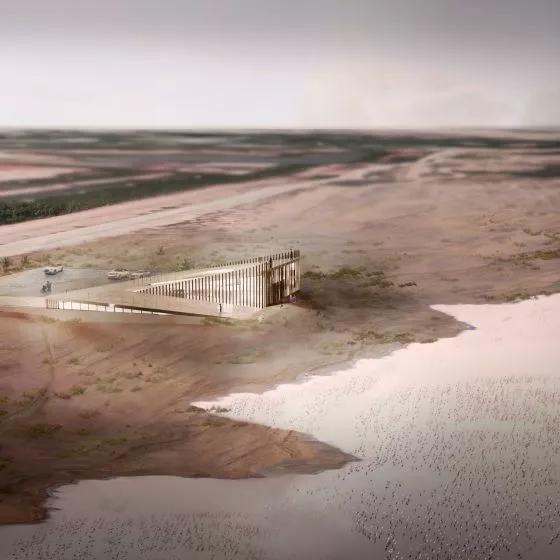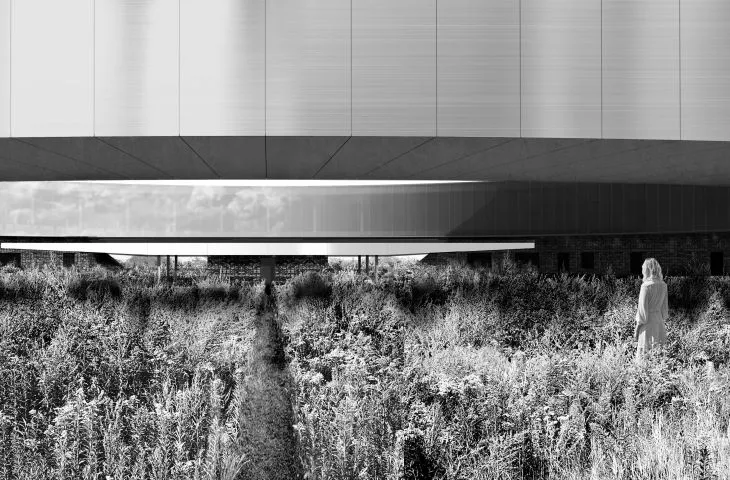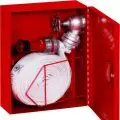aeroponic crops and research center
wild meadow and ring of aeroponic crops
© Adriana Sowa
The author of the project decided to place the cultivationof specific species of medicinal plants inside a ring-shaped structure she designed. It would be a research center with aeroponic cultivation. As the author adds, the dichotomy created between the growth space and the natural environment of the plants reflects the deteriorating condition of the environment. This contrast is emphasized by the materials used, dividing the facility into a ground level zone (constructed with natural, warm materials - stone and greenery itself) of nature and laboratory floors (constructed with cold and clean materials - steel and glass). Aeroponic crops were placed in specially designed racks. Plant growth would occur in the air, without the use of solid or liquid substrates. The roots would be sprayed with mist, which is a mixture of water and nutrient solution in the appropriate proportion and frequency for the plant.
aeroponic cultivation
© Adriana Sowa
Condos with plants in the Herbarium would be heated with warm air supply. The required temperature control, humidity and air exchange would be provided by mechanical ventilation with recuperation. Part of the facility's energy needs would be covered by photovoltaic panels on the roof. From there, rainwater would also be discharged to two water reservoirs on the ground floor, where it would be treated and used to irrigate crops (excess water would go to the sewer system, and some would also be retained by an extensive green roof). From the cultivation floor, one would be able to access the western wing of the first floor with a block of rooms used for processing the harvested herbal material.
A tea room pavilion
Infusions can be sipped surrounded by greenery
© Adriana Sowa
The final link, binding the whole thing together, is a tea house set in the center - a pavilion where raw material can be purchased or herbal infusions can be drunk in a meadow setting. The teahouse would consist of three spaces. The first would be the interior of the building with a staff room. The only source of light there would be a glass door and a skylight highlighting a wall on which dried herbs with descriptions would be displayed. Another area for drinking infusions, would be in a space surrounded only by sliding glass windows, allowing full exposure to the greenery. The third part of the teahouse would be an overhanging roof, creating the possibility of being in the meadow in a shaded zone and sheltered from the rain.
The tea house pavilion is divided into three spaces
© Adriana Sowa
The herbarium brings weeds out of the urban fabric, revealing their beauty and medicinal properties. It provides a first step that builds sensitivity and respect for plants through understanding.
Adriana Sowa's project has been nominated for the YTAA 2020 international competition, the results of which will be announced at the end of September this year. Herbarium is also in the finals of this year's Zbyszek Zawistowski "Diploma of the Year" Award, the results of which will be announced in October.
compiled by Dobrawa Bies
illustrations courtesy of Adriana Sowa



















































